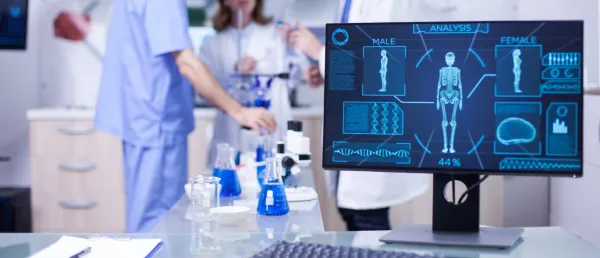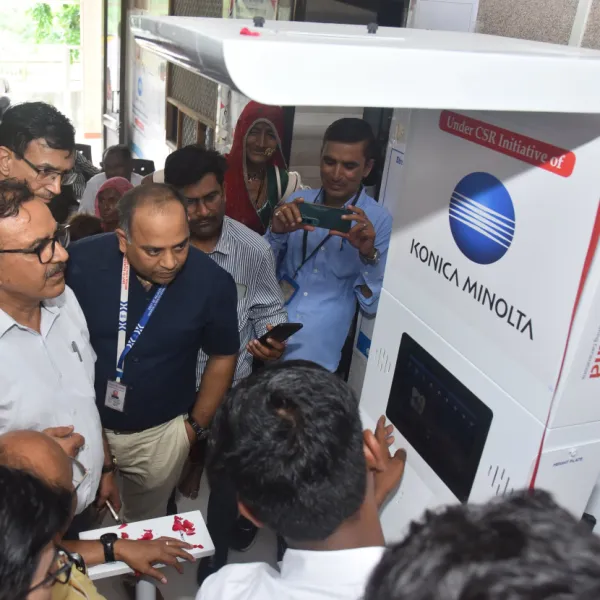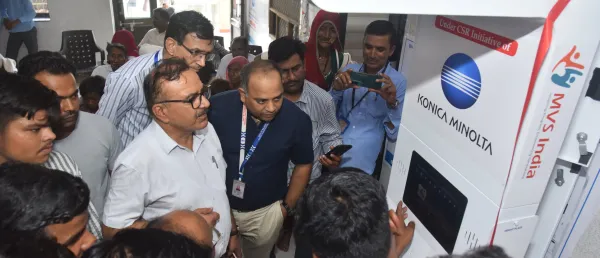AI-Powered Smart Wearable Device can Detect Early Signs of Health Conditions

The AI-integrated device features 22 pressure sensors to detect early health conditions and also transmits health data via bluetooth to a smartphone for comprehensive analysis.
Researchers at The Ohio State University have developed an insole that monitors walking, running, and standing patterns, with potential to provide early warnings for conditions such as Parkinson’s disease and diabetic foot ulcers.
The monitor device features 22 pressure sensors and is powered by solar panels attached to the tops of shoes, creating a dynamic map of movement.
Additionally, paired with machine learning algorithms, the system analyzes data in real time via Bluetooth, identifying irregularities in gait or posture that could signal early-stage conditions such as Parkinson’s disease or diabetic foot ulcers.
Dr Jinghua Li, co-author of the study, said, “Our bodies carry lots of useful information that we’re not even aware of. These statuses also change over time, so it’s our goal to use electronics to extract and decode those signals to encourage better self-health care checks.”
How Does the AI Device Work?
The device is designed for continuous use. Sensors distributed from toe to heel capture pressure changes during different activities. During walking, pressure is applied sequentially from heel to toes, while running applies pressure across almost all sensors simultaneously.
Its flexible, thin materials make it low-risk and safe for daily wear, similar to a smartwatch. Durability tests showed no significant performance decline after 180,000 cycles of compression and decompression.
The smart insole’s AI can classify eight motion states, supporting applications in posture correction, injury prevention, and rehabilitation monitoring. Researchers anticipate commercial availability of this medical equipment within three to five years.
Future updates of the model will focus on improving gesture recognition and validating the system across diverse populations to enhance its accuracy and usability.
Stay tuned for more such updates on Digital Health News.
Stay tuned for more such updates on Digital Health News





























